The US Army is moving ahead with efforts to ensure that manoeuvre forces enhance their mobility with requisite on-the-move networking and command-and-control capabilities.
One of the key takeaways from the ongoing war in Ukraine sounds like one of the most obvious, particularly for land manoeuvre forces: Movement is life, staying still is death. Manoeuvre formations must keep moving as much as possible. Simply put, stationary targets are easier to locate and attack unlike mobile forces, with the latter continually covering ground and hopefully manoeuvring to a position of physical advantage vis-à-vis the enemy. The need for mobility can challenge the signaller. Notionally, battlefield tactical networks are designed to be survivable and mobile.
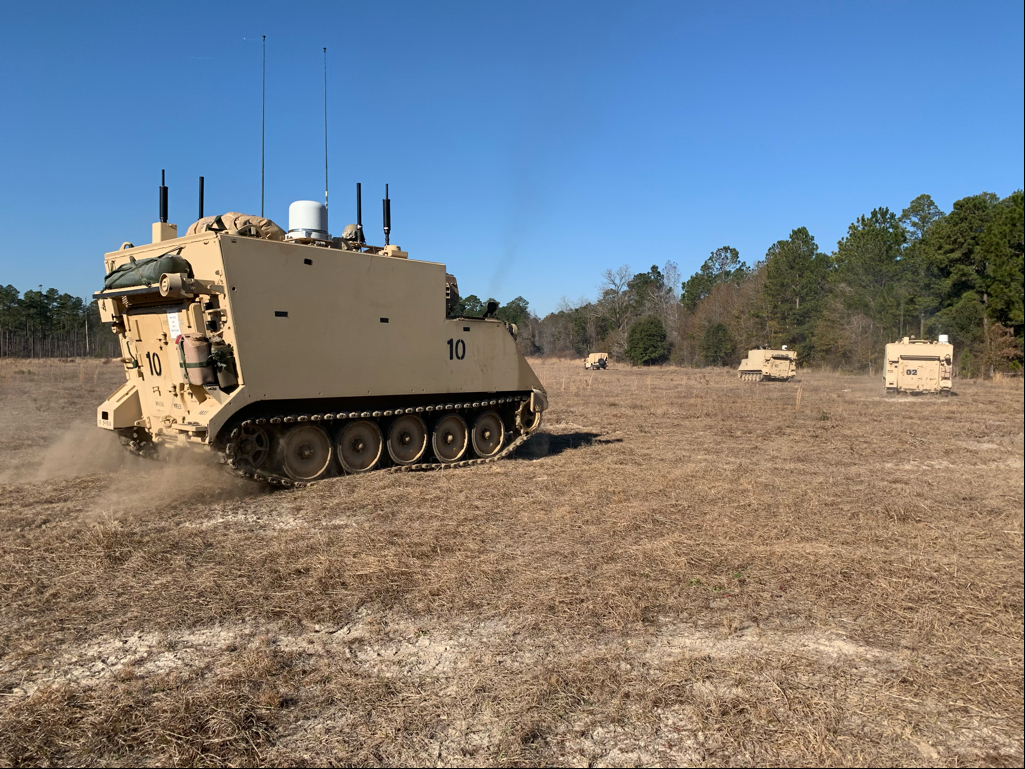
MANET foundations
Mobile Ad Hoc Networking (MANET) is a tactical communications technique which has movement at its core. Radios are transmitters, receivers and nodes in large tactical voice and data networks. Very/Ultra high frequency (V/UHF: 30 MHz to 3 GHz) MANET radios transmit and receive voice and data traffic to other MANET radios across line-of-sight (LOS) ranges. Nonetheless, radios beyond LOS ranges in the same network can send and receive traffic. Each MANET radio in the network is a node. Traffic is forwarded from one radio to another until it reaches its intended recipient.
MANET is not new. Initial work on so-called ‘packet switching’ began in the early 1970s with the sponsorship of the US’ then Advanced Research Projects Agency (ARPA), now Defense Advanced Research Projects Agency (DARPA). An article dedicated to packet switching could be written in its own right. For the sake of brevity, it works as follows: A radio receives traffic from either a human voice or a computer, and then divides this into several small packets of data. As well as containing the data, these packets convey other details such as their intended recipient. This latter information helps radios in a packet switching network direct traffic to its destination. Once they reach the receiving radio, the packets of data are reassembled into the voice traffic, or whatever information the original radio was transmitting.
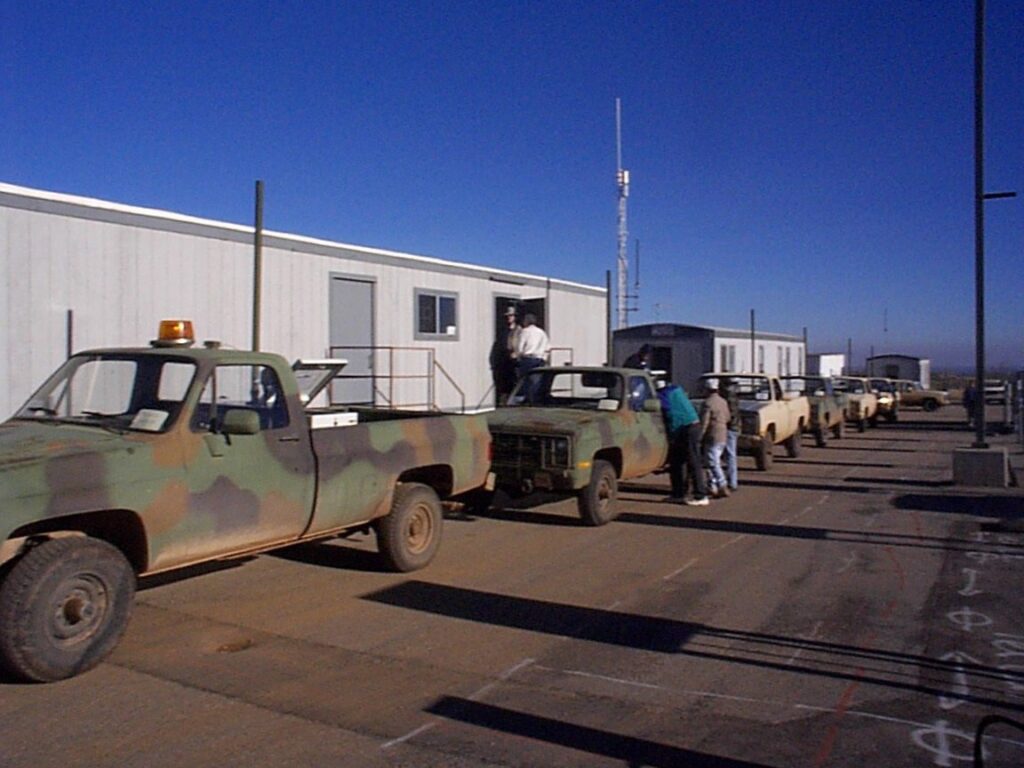
Armoured Formation Network On-The-Move
The US Army continues to take mobile, resilient network communications to the next level. In January and February 2022, the force conducted the first phase of the Armoured Formation Network On-The-Move (AFN OTM) pilot. The service is exploiting lessons learned therein to conduct phase 2 of the pilot this fiscal year. Lieutenant Colonel Marquessa Keith, mission network product manager and tactical network project manager, assigned to the Programme Executive Office for Command, Control, Communications, and Network, says that the AFN OTM “is not a separate network, but a US Army effort to equip armoured formations with new and emerging commercial OTM and At-The-Quick-Halt (ATQH) network communications capabilities”.
As noted in a US Army article published in September 2022, AFN OTM efforts are intended to dovetail into multi-domain operations (MDO). Broadly speaking, MDO is a military philosophy which emphasises the inter- and intra-force connectivity of all military assets (personnel, platforms, weapons, sensors, bases and capabilities) at all levels of war to fight synchronously across all domains. The goal of MDO is to foster better-quality and faster decision-making than one’s opponent. When properly executed, MDO should force opponents into being continually reactive. The US Department of Defense (DOD) is realising MDO via the Combined Joint All Domain Command and Control (CJADC2) initiative. CJADC2 will federate the disparate C2 systems and networks currently used by all US armed forces.
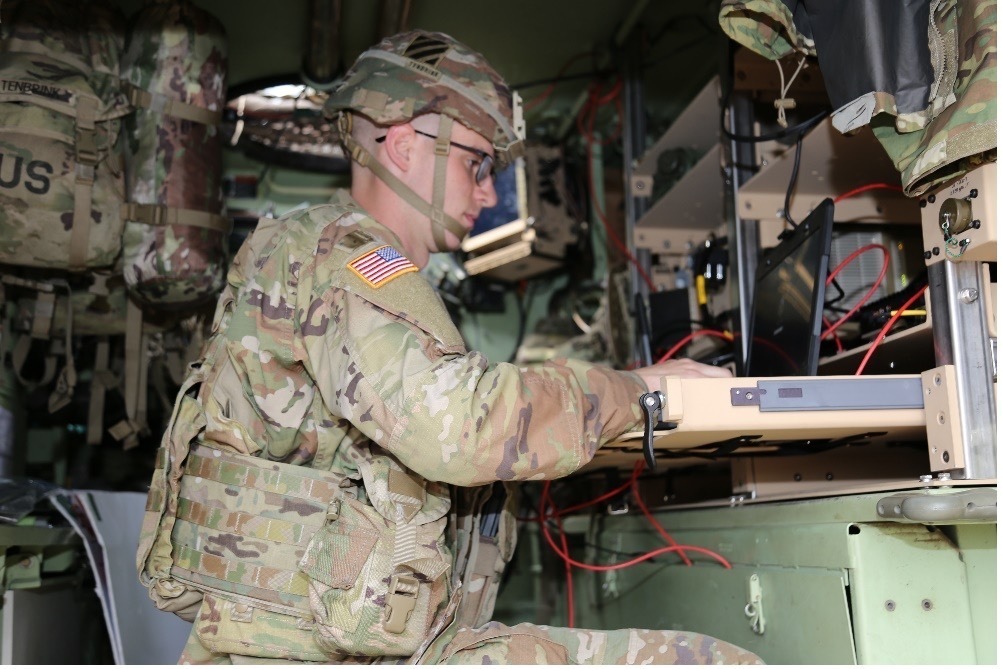
To be fair, the Army is not approaching this problem from a cold start. Much as MANET fosters secure intra-force mobile connectivity, initiatives such as the Integrated Tactical Network (ITN) harness commercial offerings. The ITN is a US Army programme which exploits technologies like civilian-standard smartphones and tablets, and connectivity protocols such as Wi-Fi and fifth-generation (5G) cellular communications. The ITN can be deployed by the manoeuvre force and used for the transport of sensitive, but non-classified, data within the force, and between allied and coalition units.
According to the Army, the ITN is already up and running. Network functionality is being introduced through a series of year-numbered Capability Sets (CSs). As an example, Army documents state that CS21 introduced the wherewithal to integrate augmented reality NVGs. This Capability Set also enhanced satellite communications (SATCOM) deployed by expeditionary signals brigades. The follow-on CS23 is deepening ITN and CJDAC2 connectivity while enhancing low/medium Earth orbit (LEO/MEO) SATCOM connectivity. Capability sets are being introduced into the ITN, and hence manoeuvre force, roughly every two years.
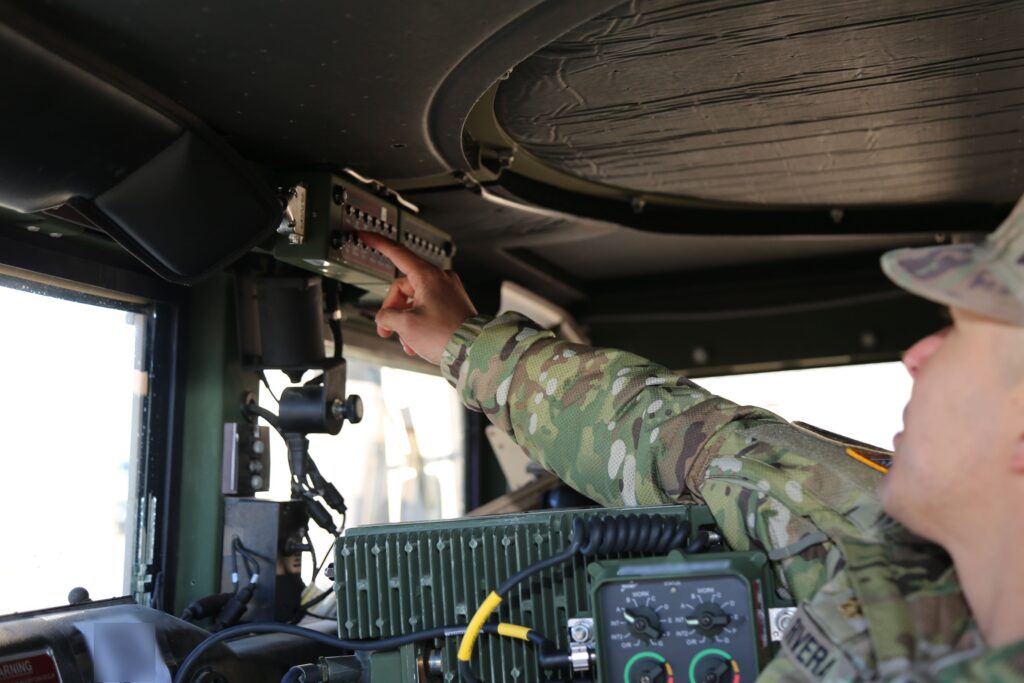
During the 2022 AFN OTM Pilot I, the US Army evaluated technology from over 20 companies that were integrated into some of the 2nd ABCT’s vehicles. A set of questions serves as guidance for the overall AFN OTM effort:
- Will the systems being introduced enhance lethality and survivability?
- Do the technologies enhance the commander’s common operating picture and decision-making cycles?
- Are technologies easy to use and reliable?
- Do they support and enhance unit Primary, Alternate, Contingency and Emergency (PACE) safeguards for network resilience?
SATCOM is particularly important for PACE. The diverse set of emerging commercial OTM and ATQH pilot capabilities for the 25 AFN OTM Pilot Phase II, include high-throughput low-latency SATCOM systems that operate in both geosynchronous orbit (GSO) and LEO. The kit also includes multi-band, high-capacity, line-of-sight backhaul and mesh networking capabilities. Additional capabilities comprise commercial 5G LTE (fifth-generation long-term evolution) cellular, and secure Wi-Fi baseband systems. These capabilities include a Secure But Unclassified-Encrypted (SBU-E) enclave to enable integration of ITN data exchange.
Taking AFN OTM forward
The Army’s 2025 AFN OTM Pilot II will integrate lessons learned from the 2022 pilot initiative. According to an Army statement, the 2025 AFN OTM will be supported by the 1st Infantry Division (1st ID) and will take place later in 2025 at the National Training Centre, Fort Irwin, California. The 1st ID has already gained some familiarity with AFN OTM capabilities. The unit used them during a command post exercise at Fort Riley, Kansas in November 2024 as part of its preparations. The 1st ID headquarters, the Division Artillery Brigade and the 1st BCT headquarters will be among the 1st ID units supporting the pilot.
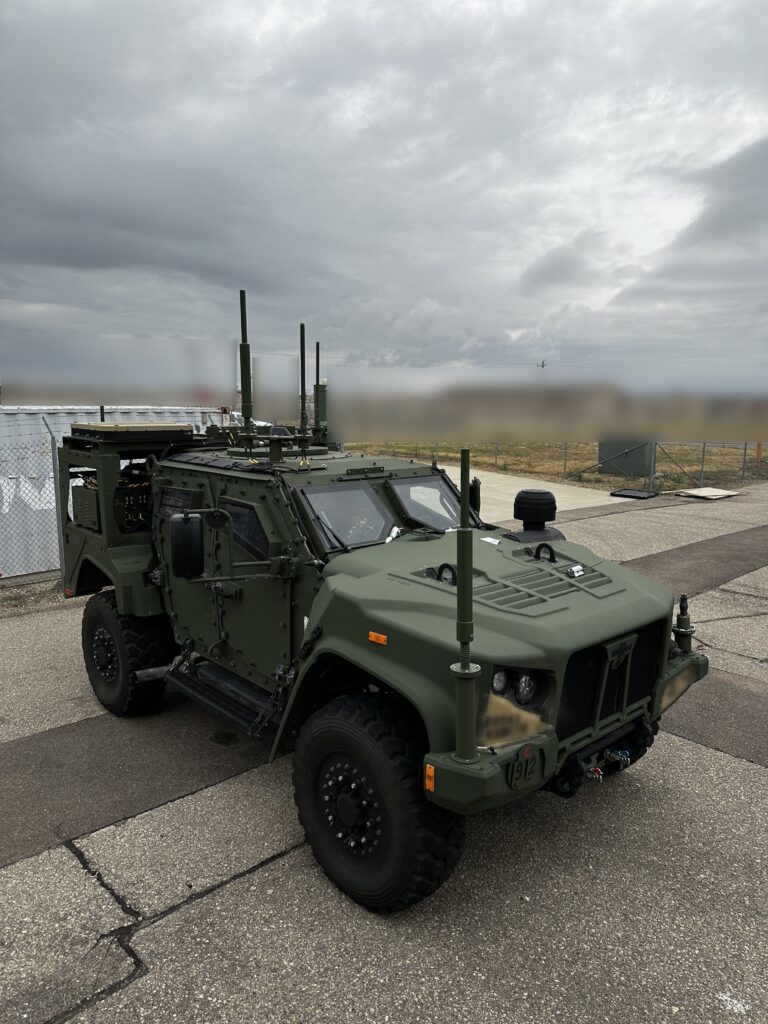
The 2025 AFN OTM pilot is not only focused on network communications that enable C2, but also on improving CP mobility “by making command posts more mobile through expeditionary rapid set-up/tear-down ATQH network transport systems … OTM network capability will also provide the flexibility for commanders to fight disaggregated or collected regardless of geographic or mission constraints”, Lt Col Keith stressed. Key considerations for C2 node survivability include mobility, resiliency, dispersion, electromagnetic signature, as well as hardware size, weight and power (SWaP). The latter point is a key consideration vis-à-vis armoured vehicle space limitations, Lt Col Keith explained. Additionally, the Army will own the emergent AFN OTM architecture design, helping the force to avoid proprietary solutions and hence vendor lock.
Lt Col Keith emphasised that AFN OTM assessments are not occurring in a vacuum. The technologies realised via the initiative will fully integrate with the Army’s Unified Network, which integrates disparate and stovepiped tactical and enterprise Army networks, consolidating these into a single architecture. Tactically, these efforts improve Army C2: “In potential future large scale combat operations against advanced enemies, mobility and OTM C2 are crucial elements to survivability and lethality.” Ensuring C2 execution while mobile “enables commanders to be present at decisive points on the battlefield, whether physically or digitally, to make and execute rapid informed decisions”.
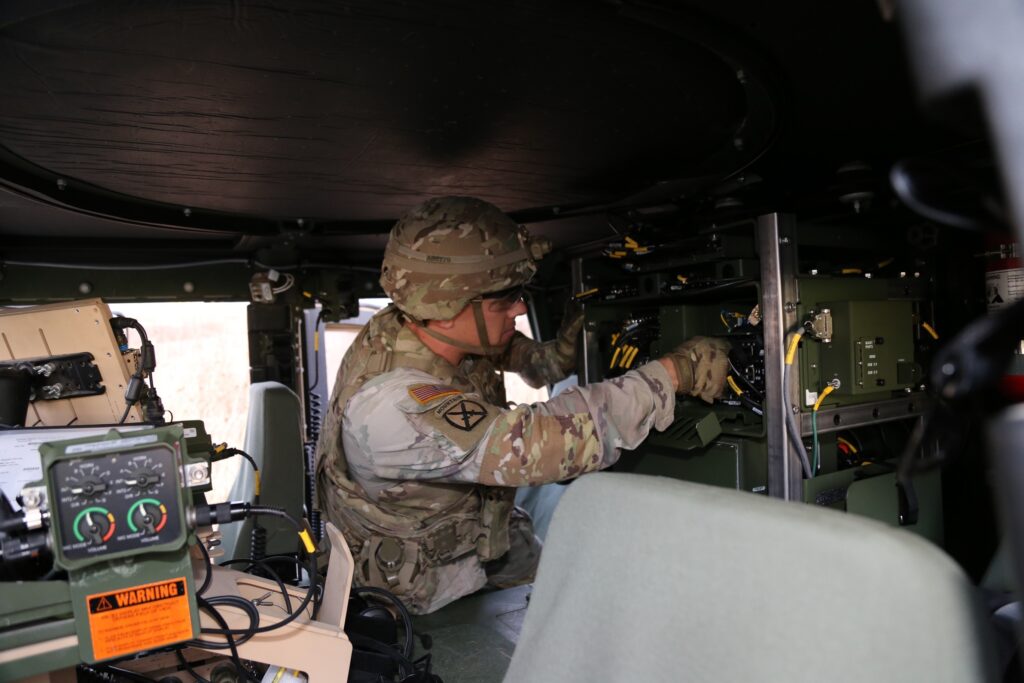
Thomas Withington



